Water boss walks
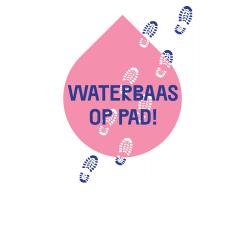
What is a Water Boss Walk?
A walk is a real Water Boss walk if you use our 'do & discover guide' with fun assignments, ideas and facts. That's how to make your walks as a water boss a lot more fun. Do you walk (or bike) in the city, in the countryside or on the dike? You can take the guide with you digitally on any route. You'll find assignments like: pick up trash along the way, take the best photo of a water route and post it on socials with hashtag #wateenwaterbaas or tick off what you spot along the way. And maybe you'll learn something about water work along the way. A fun family outing, too.
Simply by downloading the "do & discover guide. Have fun hiking!

Step outside and experience the landscape
For centuries we have kept our land dry. And stories of the struggle against water are everywhere for the taking. The polder mills immediately spring to mind. They grinded the polders dry. But also the dikes that hold back the water. And the pumping stations and locks for the right water level are worth discovering. They make the water story visible and tangible. They form the conscience of the landscape.
Divided over our area, we have chosen five starting points for beautiful walks from the North Holland Walking Network.
1. Schellinkhout

Mill and pumping station Schellinkhout
The winding village of Schellinkhout is located near the centuries-old Westfriese Omringdijk. Walking along the dike between Hoorn and Enkhuizen you used to encounter thirteen windmills. Now there is only one left: the Great Mill of the Schellinkhout polder. The polder pumping station next to it was built in 1900 to help keep the polder dry.
2. Lely Pumping Station
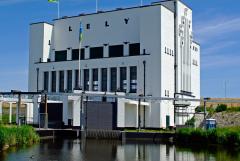
Lely Pumping Station
Pumping Station Lely is named after engineer Cornelis Lely (1854-1929). He devised the plan for the Zuiderzee with the Afsluitdijk and the reclamation of the Wieringermeer. Together with pumping station Leemans near Den Oever, they pumped the entire Wieringermeer dry in six months. The white building is and landmark visible from afar in the open Wieringermeer.
3. Hondsbossche Seawall
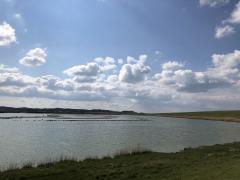
Clay pits at Hondsbossche Zeewering
North Holland above the North Sea Canal has about 1,500 km of dike, equal to the distance Alkmaar-Madrid. A very famous dike is the Hondsbossche Zeewering between Camperduin and Petten. Since a few years completely wrapped in new dunes and beach, but previously a bulwark against the North Sea of basalt, concrete and asphalt, which actually had no equal in our region.
4. Langedijk/Heerhugowaard
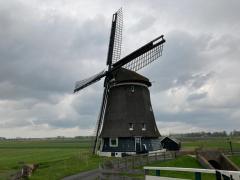
Veenhuizermolen
Countless fields on small islands numbered the Empire of the Thousand Islands. The area was created through the work of the farmers themselves. They dug ditches and raised their lands with fertile silt. They auctioned the produce by boat in the Broeker Veiling, now open to visitors as a museum. The centuries-old Veenhuizer mill towers high above the islets, an indispensable ingredient of the typical North Holland landscape.
5. Zaandam
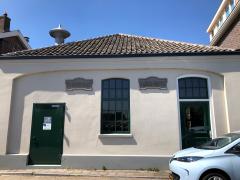
Soeteboom Pumping Station
Straight through Zaandam runs the Noorder IJ and Zeedijk. This protected the land from the IJ. This was necessary because the IJ was in open connection with the Zuiderzee with all its dangers. This changed when the North Sea Canal was built in 1876 (and parts of the IJ were reclaimed). Be sure to stop at pumping station Soeteboom at Hogedijk 100. This oldest pumping station in the Zaan region was built on top of an old lock.